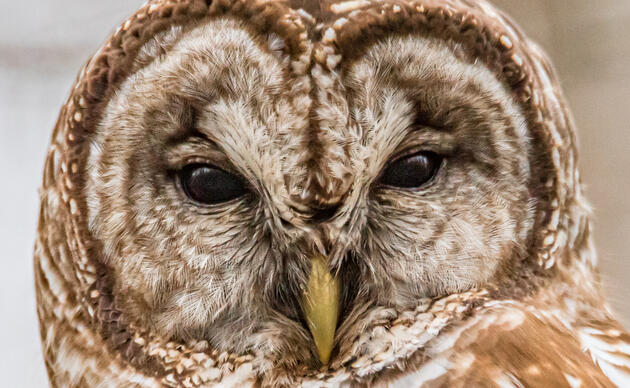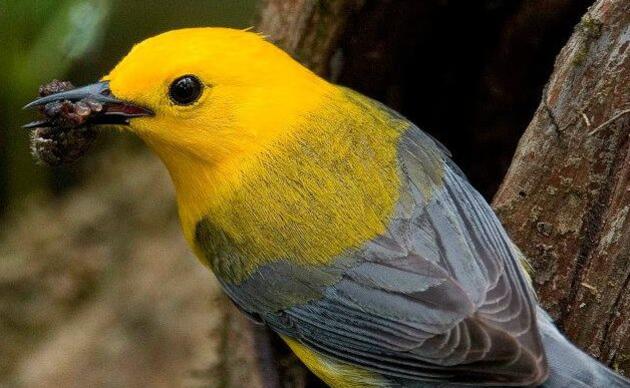Written by: Sherri Fields & Matt Johnson
Overview
During the 50th anniversary celebration of the Audubon Center & Sanctuary at Francis Beidler Forest (Beidler Forest), Audubon South Carolina (ASC) joined colleagues in Barranquilla, Colombia to officially establish officials signed a ceremonial “sister center” agreement establishing a relationship between Beidler Forest and the Cienaga de Mallorquin Ecopark in Barranquilla, Colombia. With this announcement, Beidler Forest became the first Conservation Action Center in the National Audubon Society network to officially partner with a center in Latin America.
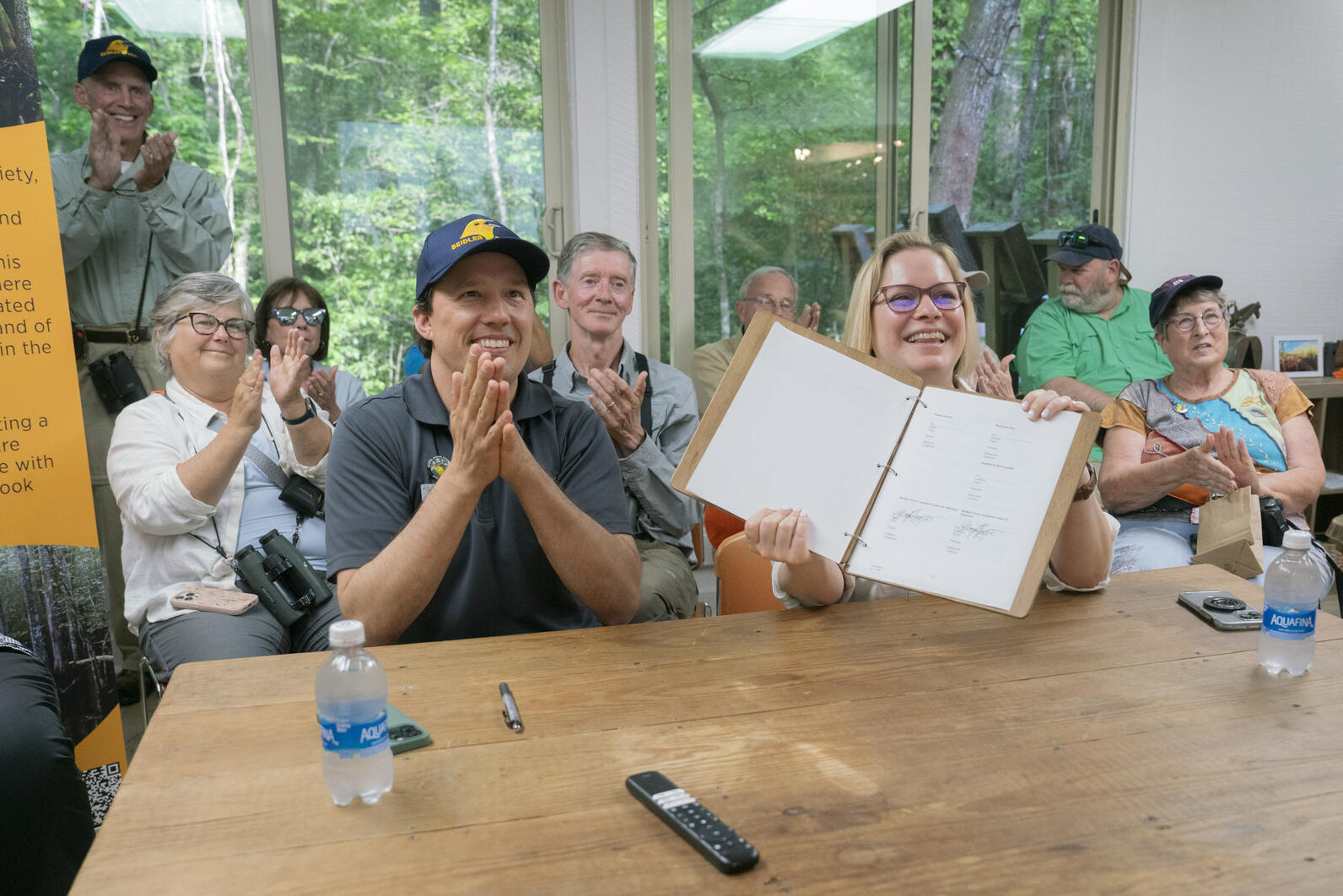
Establishing this relationship has been a long time coming for ASC and Beidler Forest. Tracking technology deployed on Prothonotary Warblers on their breeding grounds in the United States over the last decade has shown the importance of Colombia as a wintering location for this species. With the development of National Audubon Society’s Audubon Americas program, ASC now has a partner in Latin America, thus allowing direct connections to be made between breeding and wintering grounds.
The establishment of this relationship comes at a fortuitous time. National Audubon Society’s Flight Plan, the guiding star for Audubon’s work over the next five years, lays out three primary drivers that will help Audubon bend the bird curve. One of these drivers is Hemispheric Conservation, which outlines the importance of working across political boundaries to achieve bird conservation success. From Flight Plan: “Audubon’s programs will be like the birds—unencumbered by political boundaries and seamlessly integrated across the Western Hemisphere.” Visualization of this connection via Audubon’s Bird Migration Explorer further enhances the need for collaboration and engagement across the hemisphere.
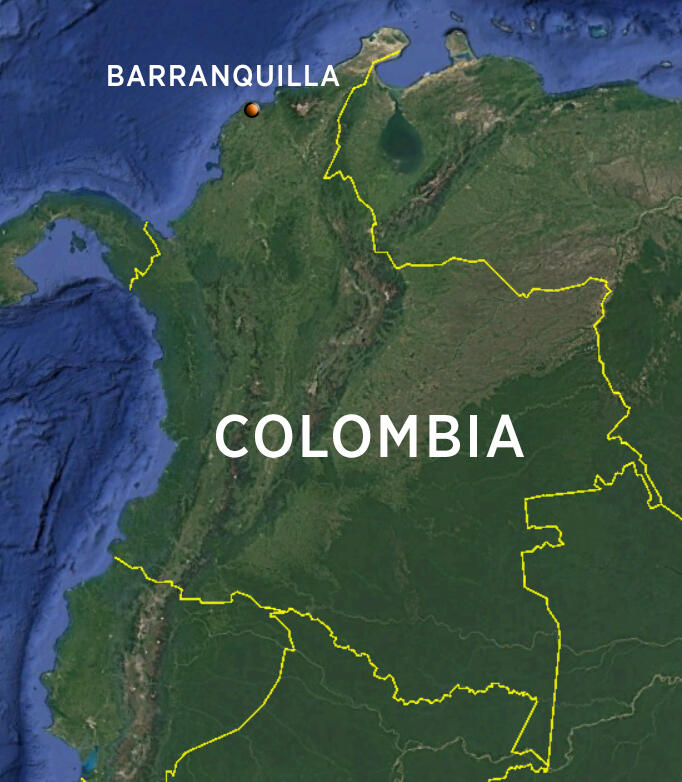
ASC had a unique opportunity to further this first-for-Audubon sister center partnership by meeting Audubon Americas and Cienaga de Mallorquin Ecopark staff on the ground in Colombia. To this end, Beidler Forest Center Director Matt Johnson and ASC Director of Conservation Sherri Fields were able to visit Barranquilla, Colombia from September 10-13, 2024. Below is a summary of our itinerary and some overall takeaways from the trip.
Trip Summary & Key Takeaways
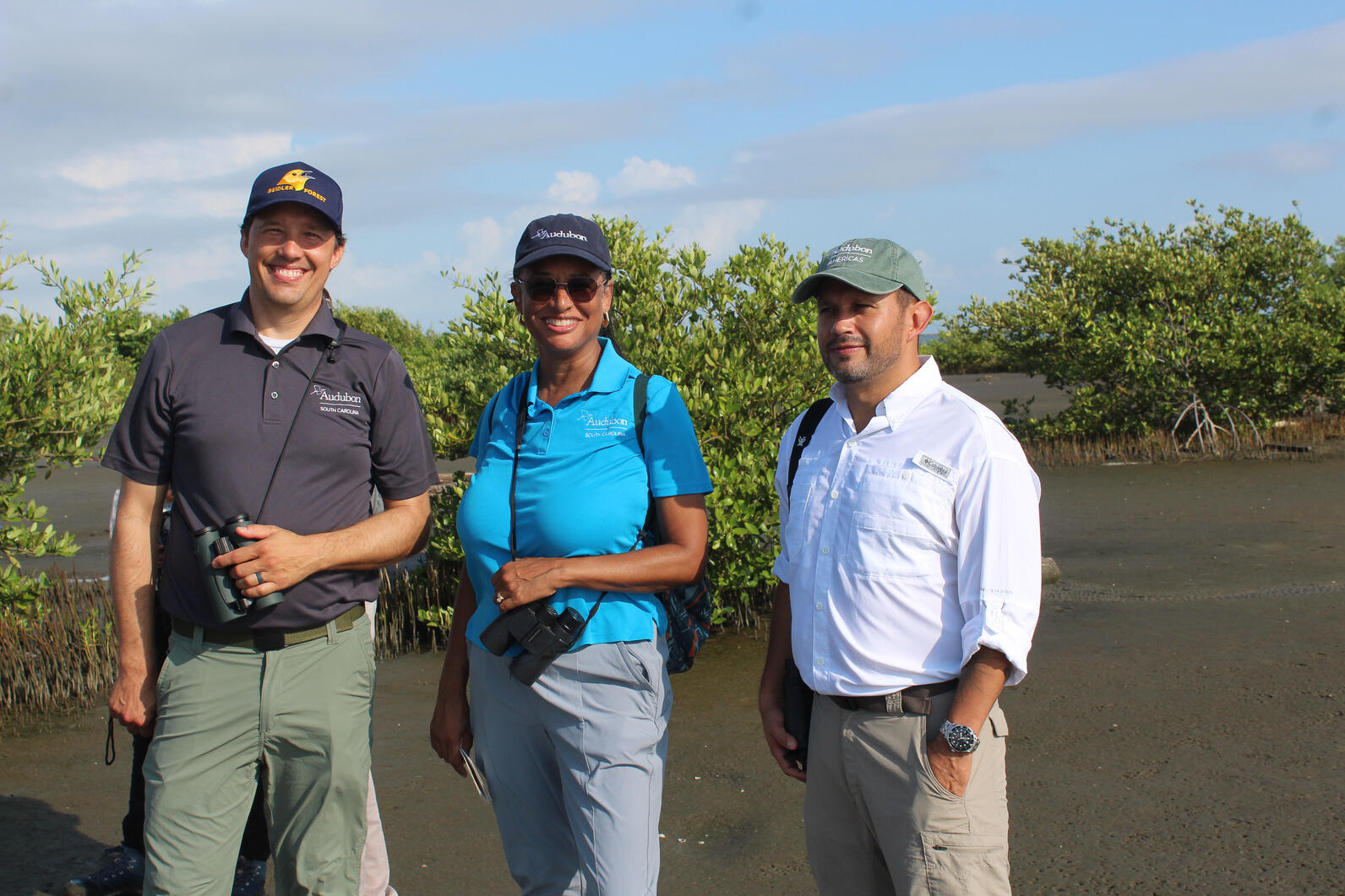
We arrived in Colombia on Tuesday, September 10th – along with about 50,000 other people descending on Barranquilla for the Colombian soccer team’s international match with Argentina! We met our colleague Camilo Cardozo, Director of Colombia for Audubon Americas, at the airport and drove into town. We then had the awesome opportunity to meet Puerto de Oro staff members Cristina Mateos and Joan Manuel Maldonado at the Barranquilla Riverwalk and to join in the local culture as we watched Colombia escape with a thrilling victory! In addition to the Cienaga de Mallorquin Ecopark, the riverwalk has been developed in recent years and is also managed by Puerto de Oro (and it is beautiful!).
We were up Wednesday morning bright and early for our trip to Cienaga de Mallorquin. We met up with Camilo, Cristina, and Joan for a boat ride through the cienaga (which roughly translates to “estuary”). Along with us went Ramon Montes, a local birding guide, and Cindy Paola Lopez Luna and Rafael Borja, from the ORNIAT Foundation. We ultimately docked on a small island that separates the cienaga from the Caribbean Sea – this site is situated across the cienaga from the main boardwalk of the Ecopark. This area reminded us of a barrier island in South Carolina, but there’s no significant tidal change throughout the day.

The visit to this site was perhaps the most surprising and exciting part of our trip. In addition to the mangrove habitat, there is considerable shorebird and seabird nesting/roosting habitat on the mudflats and sandbars. Several species that are priority coastal birds for us in South Carolina also occur at this site. Wilson’s Plovers actually nest here, and we also found American Oystercatchers, Whimbrels, Ruddy Turnstones, Semipalmated Sandpipers, and Black Skimmers, just to name a few! We listened as our hosts described some of their work, including successes and challenges. Many of their challenges are those we face in South Carolina too (e.g. habitat loss, human disturbance). We were particularly impressed by the initiative to address habitat loss, which includes having groups that tour the site plant mangrove seedlings as part of their trip. What a fantastic idea to ensure that visitors contribute to the longevity of this special place!
After returning to the mainland, we explored the Mallorquin Swamp and Ecopark from the elevated boardwalk. We were joined here by Puerto de Oro Director Alex de Bedout, other staff from Puerto de Oro, and we even had a visit from a local school that was on a field trip! Not only did we see several Prothonotary Warblers along the amazing boardwalk through the mangrove forest, but there were also many other birds here too. During our short walk, we encountered Panama Flycatcher, Bicolored Conebill, Russet-throated Puffbird, Straight-billed Woodcreeper, Yellow-chinned Spinetail, Bananaquit, and Yellow Warbler. This is worth mentioning, as we would discuss in our meeting later in the day, because not only does the Ecopark host many neotropical migrant species from the United States, but there are also lots of interesting, colorful, and/or unique tropical species that visiting birders will be delighted to see!
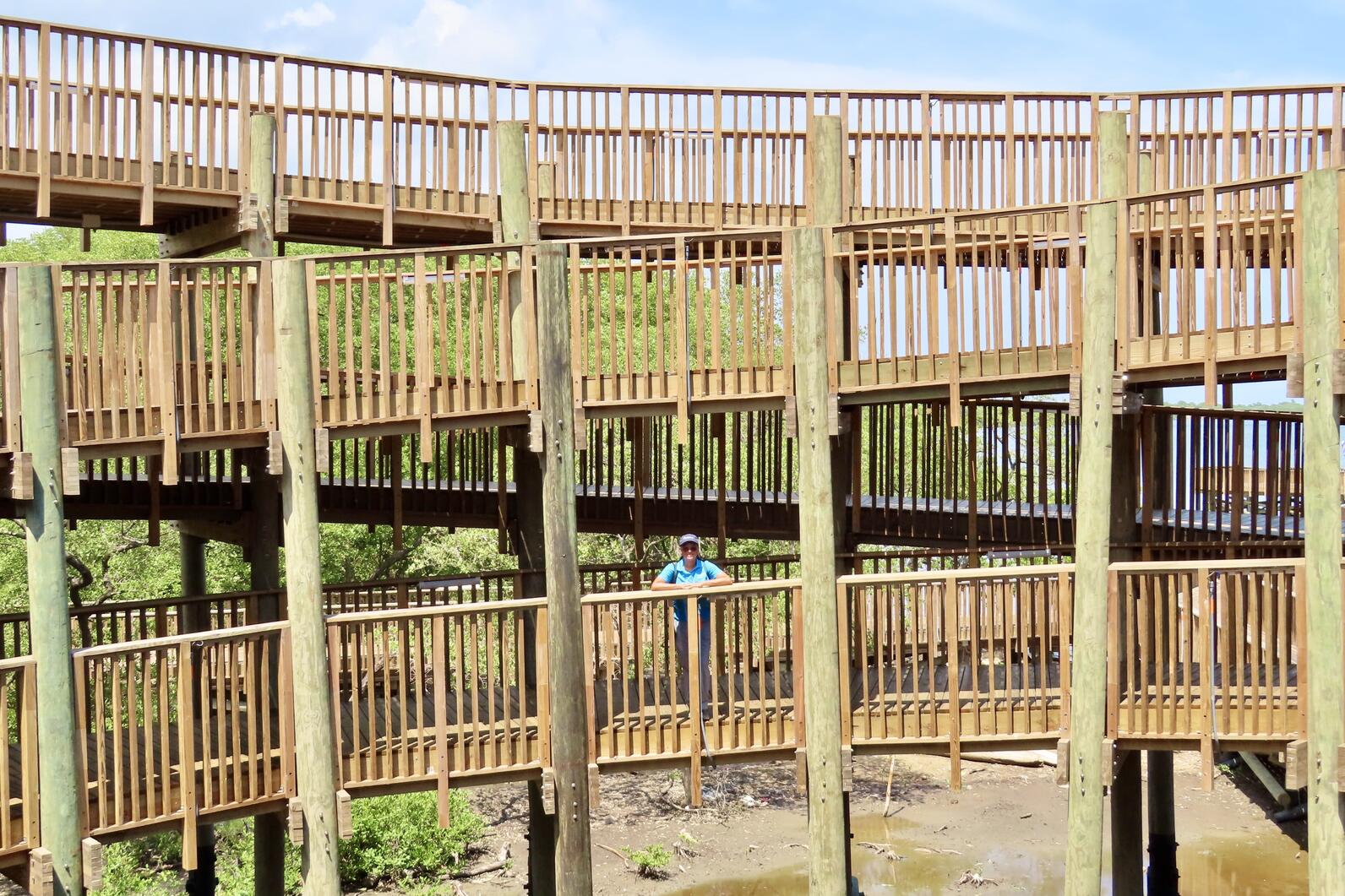
After our visit to Cienaga de Malloquin, we went to Puerto de Oro’s office for lunch and presentations. We presented to Puerto de Oro staff on the work we’re doing at Beidler Forest (and across the state), and then later were joined by representatives from the International Relations Office, Barranquilla Verde (Environmental Authority), Secretary of Planning, Zoologica de Barranquilla, and Siembra Barranquilla (Greenery Program) for a discussion about how our work could be connected between South Carolina and Barranquilla.
On our final day, we had the unique opportunity to visit a local bilingual public school (https://www.ensdbexcelencia.edu.co/) that is also an ecological reserve. A graduate of the school led us and several students and teachers on a tour of the campus, which gave us a chance to engage with students, talk about the wonderful opportunity to view birds on campus, and then hear their ideas on environmental conservation, birds, and other related topics. After a Question & Answer session that we joined with Camilo, we were all inspired about how passionate the young people were about making a difference for the environment. To top it off, there was also a Carnival-inspired dance performed by some of the students! (Matt may or may not have been persuaded to join this dance!)
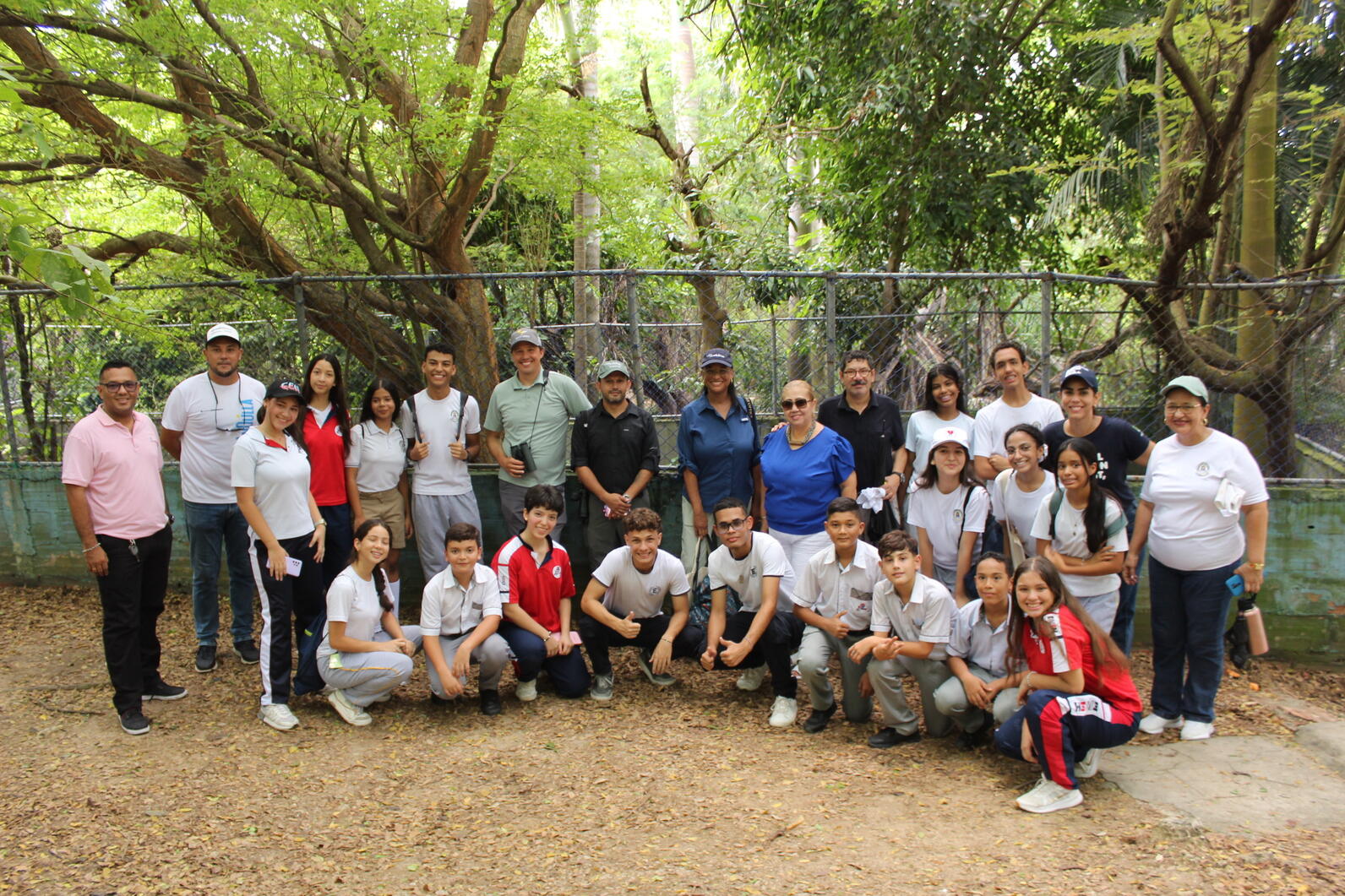
In the afternoon, we concluded the trip by returning to Puerto de Oro’s office to discuss potential opportunities and next steps to further this partnership. We’re particularly excited about sharing visitor center program materials and scripts, providing best practices related to ASC’s shorebird steward program, co-developing signage that focuses on the connection between the Ecopark and Beidler Forest, and collaborating on bird banding and research-related projects. Lastly, we know lots of Audubon supporters in the United States will be excited to visit the Ecopark, so we also look forward to developing a trip itinerary to enhance bird-based tourism in Barranquilla.


